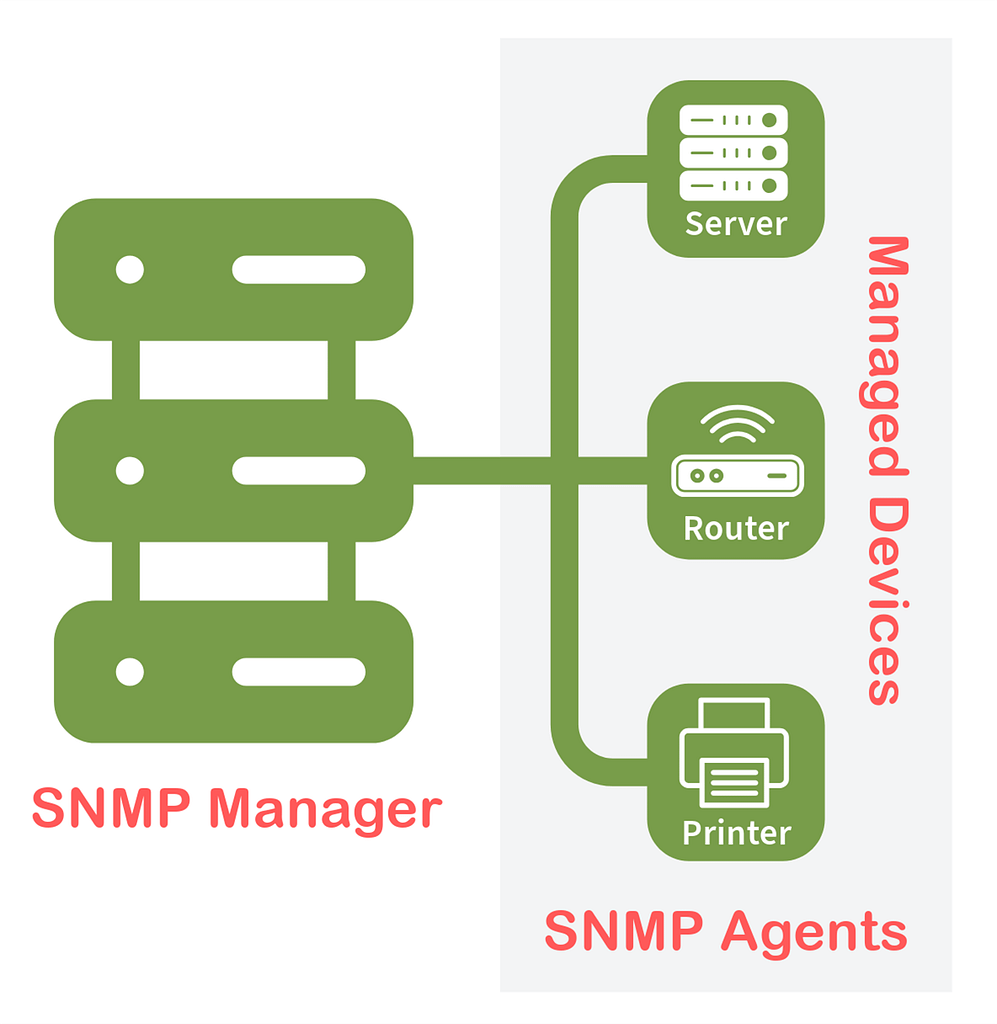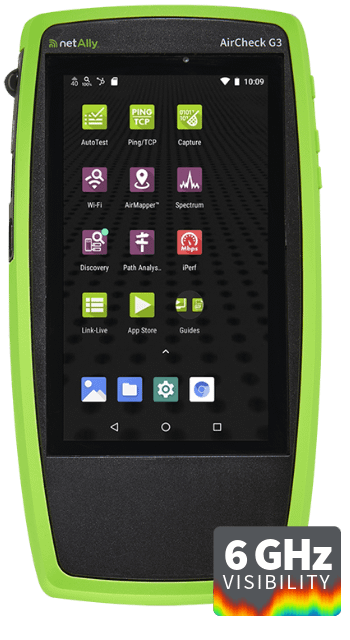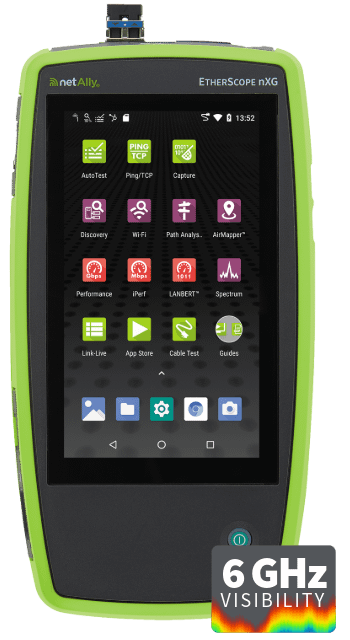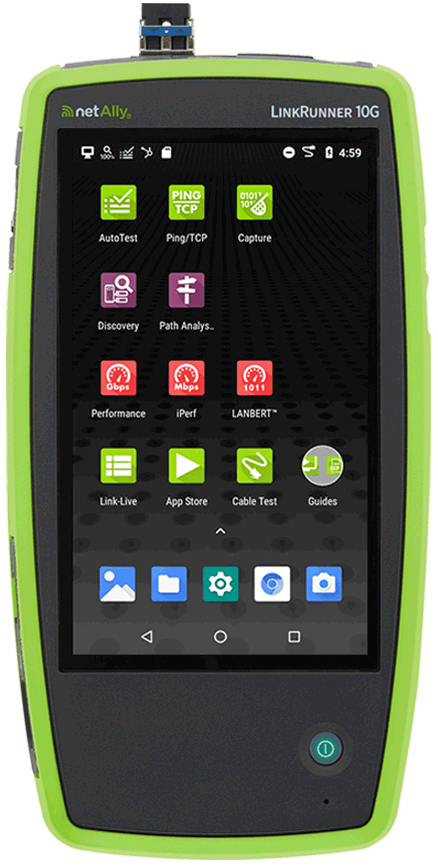Introduction
Hello, network professionals! Today, we’re diving into the world of SNMP – a crucial tool in your network management arsenal. Don’t worry, I promise this won’t be as dry as reading a 100-page router manual!
Table of Contents
- Introduction
- What is SNMP?
- How SNMP Works: Components and Architecture
- SNMP Versions: Evolution and Improvements
- SNMP Operations: GET, SET, and TRAP
- Benefits of Using SNMP in Network Management
- Practical Applications: How to Use SNMP?
- SNMP Security Best Practices
- Limitations of SNMP and Alternatives
- Conclusion
What is SNMP?
Simple Network Management Protocol (SNMP) is like the Swiss Army knife of network protocols. It’s a standardized method for monitoring and managing a wide array of devices on your network. Whether you’re overseeing a small office network or a sprawling enterprise infrastructure, SNMP is your go-to tool for keeping everything running smoothly.
How SNMP Works: Components and Architecture
SNMP in networking operates on a manager-agent model. Think of it as a well-orchestrated symphony, with you as the conductor. Let’s look at each component separately.
- SNMP Manager – The conductor (that’s you), orchestrating the entire performance from your management station.
- SNMP Agent – Your first-chair musicians, residing on network devices and relaying information back to you.
- Managed Devices – The instruments – routers, switches, servers, printers, and more. Each plays its part in the network symphony.
- Management Information Base (MIB) – Finally, what is MIB in SNMP? It’s the sheet music, defining what information each device can provide and what actions it can perform.

SNMP Versions: Evolution and Improvements
SNMP in networking has evolved over time, much like how we’ve progressed from flip phones to smartphones:
- SNMPv3: The gold standard. Offers robust security with authentication and encryption.
- SNMPv1: The original. Simple, but with limited security features.
- SNMPv2c: Added performance improvements and bulk data transfer capabilities.
| Feature | SNMPv1 | SNMPv2c | SNMPv3 |
|---|---|---|---|
| Release Year | 1988 | 1993 | 1999 |
| Security | Basic (community strings*) | Basic (community strings*) | Advanced (authentication and encryption) |
| Performance | Limited Improved (GetBulk operation) | Improved (GetBulk operation) | Improved (GetBulk operation) |
| Trap Handling | Unconfirmed traps | Confirmed traps (Inform) | Confirmed traps (Inform) |
| Access Control | Limited | Limited | Granular |
| Recommended for Use | Legacy systems only | Legacy systems only | All new deployments |
*What is an SNMP community string? It is like a password used for authentication. Community strings provide basic security but are transmitted in clear text, making them vulnerable to interception.
SNMP Operations: GET, SET, and TRAP
SNMP has three primary operations:
- GET: Retrieves information from a device. “Hey router, what’s your CPU usage?”
- SET: Modifies device settings. “Switch, please change your VLAN configuration.”
- TRAP: What is SNMP TRAP? This is an alert sent by devices. “Help! I’m a server and I’m running out of disk space!”
Benefits of Using SNMP in Network Management
SNMP isn’t just another acronym to add to your tech vocabulary; it’s a powerful ally in network management:
- Standardization: Works across devices from different manufacturers.
- Centralized management: Control your entire network from one location.
- Device-agnostic: Compatible with a wide range of network-enabled devices.
- Cost-effective: Saves time and resources in network monitoring and management.
- Scalability: Equally effective for small networks and large enterprises.
- Performance tracking: Monitor your network’s health without breaking a sweat.
Practical Applications: How to Use SNMP?
Let’s see how SNMP in networking flexes its muscles in real-world scenarios:
- Network Monitoring: Keep an eye on device status, traffic patterns, and performance metrics.
- Performance Management: Identify and resolve bottlenecks before they impact users.
- Troubleshooting: Quickly pinpoint issues when things go awry. It’s like having x-ray vision for your network!
SNMP Security Best Practices
Security is crucial. Here are some SNMP security best practices:
- Use SNMPv3: It’s like choosing a state-of-the-art security system over a “Beware of Dog” sign.
- Strong authentication: Create complex community strings or user credentials.
- Access Control Lists (ACLs): Restrict SNMP access to authorized IP addresses only.
- Disable unused versions: If you’re not using older versions, turn them off.
Limitations of SNMP and Alternatives
Even superheroes have weaknesses, and SNMP is no exception:
- Security vulnerabilities in older versions: SNMPv1 and v2c lack strong security measures.
- Complexity: SNMPv3 can be challenging to set up and manage.
- Limited scalability: May struggle with very large networks or high-frequency data collection.
- Limited analytical capabilities: Great at data collection, less so at complex analysis.
If SNMP doesn’t meet all your needs, consider alternatives like NetConf, RESTCONF, or gRPC. They’re like different tools in your network management toolbox – each with its own strengths.
Conclusion
SNMP might not be the flashiest tool in your network management kit, but it’s certainly one of the most reliable. It’s the dependable friend who’s always there when you need to keep your network running smoothly.
By leveraging SNMP effectively, you can gain unprecedented visibility into your network, streamline management tasks, and quickly address issues before they escalate. Remember, mastering SNMP in networking is a journey – you might not be an SNMP guru overnight, but with practice, you’ll soon be managing your network like a pro.
To help you on this journey, NetAlly offers a range of tools that leverage SNMP for comprehensive network management, discovery, and troubleshooting. Our products, such as the AirCheck G3, EtherScope nXG, and LinkRunner 10G, all incorporate SNMP functionality to provide you with powerful, easy-to-use network analysis and troubleshooting capabilities.
Keep exploring, keep learning, and keep optimizing your network with SNMP as your reliable companion in network management. Here’s to smoother, more efficient networks for all!




